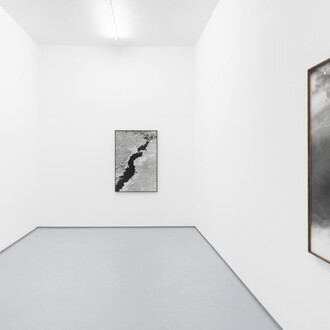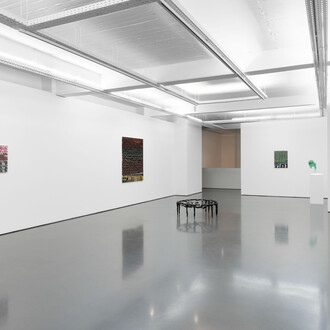This exhibition aims to recover the work of a Catalan painter who in his lifetime was very successful, but who with the inexorable passage of time has been forgotten by the different generations of historiographers.
The exhibition will focus on the work of the sculptor and painter Antoni Fabrés i Costa, who at the age of 25, while a student at the Llotja School in Barcelona, was awarded a grant to go to Rome, the city that was then the natural destination for outstanding artists. After he arrived there, in 1875, a year after the death of Marià Fortuny, Fabrés devoted himself to drawing, painting and watercolour, three techniques that he mastered like none other in his day.
Historiography has placed the work of Fabrés as the continuation of Fortuny’s with regard to the subject matter, orientalism. But Fabrés cannot be pigeonholed in any specific movement, and although he painted orientalist themes common to many artists in the 1880s and 1890s, or subjects such as musketeers and swordsmen, he also did a lot of realist and naturalist work, which has to be understood as a caustic, critical commentary on society. Naturalism and the denunciation of social inequality had in Fabrés a staunch champion. He was a great portrait artist who sought, above all, the sitter’s gaze as the principal element. His concern for the light led him to investigate how it influenced colours, in both interiors and landscapes, and some of his paintings could even be described as hyperrealist.
In 1926 he donated a large part of his work to the Catalan Museums Board. It is now conserved in the Museu Nacional and in the former Casa del Comú, in Les Corts (Barcelona).
















